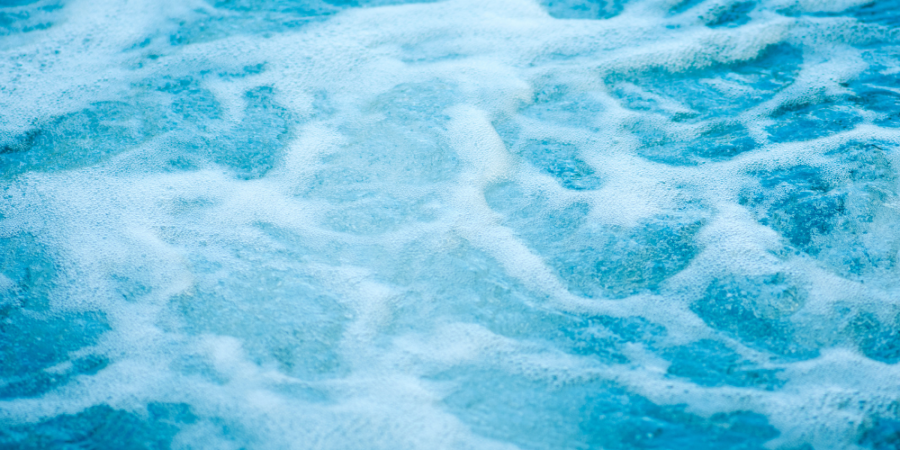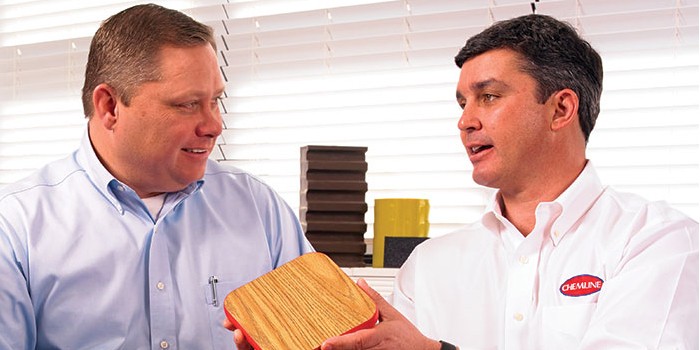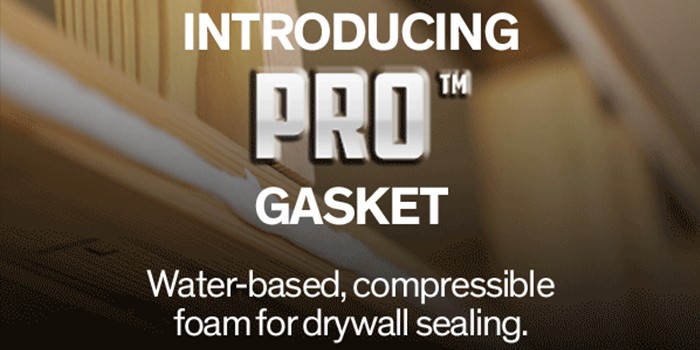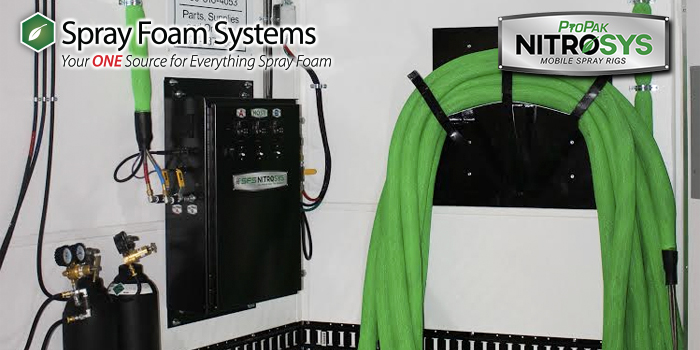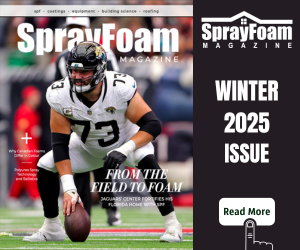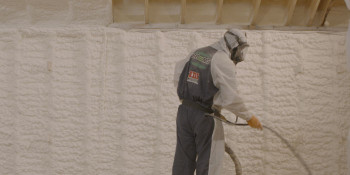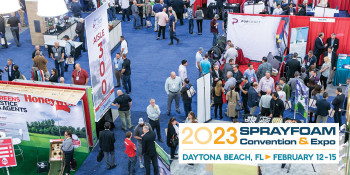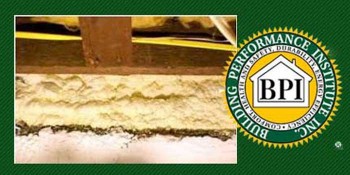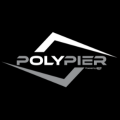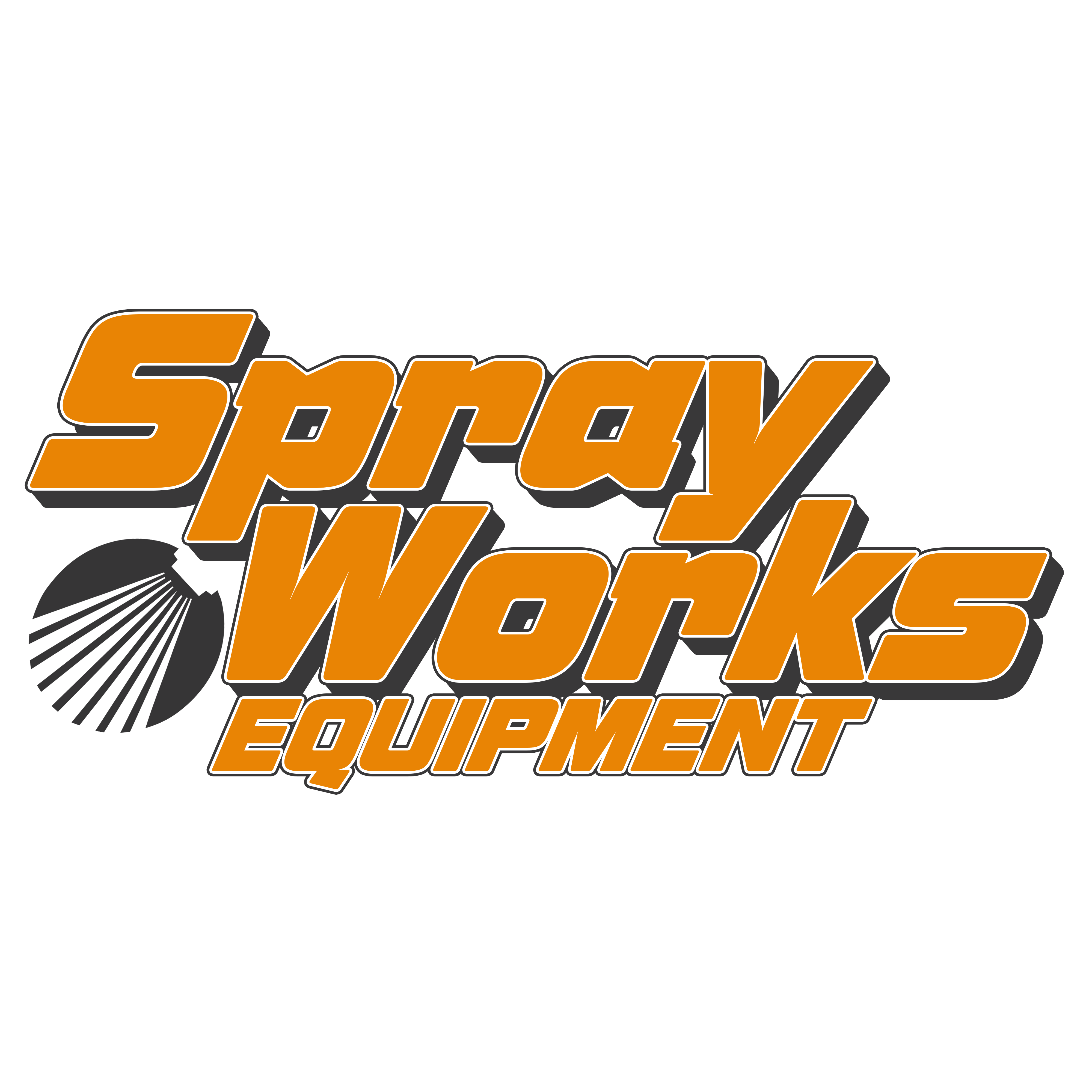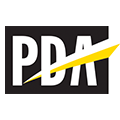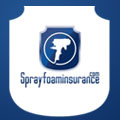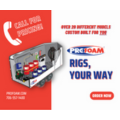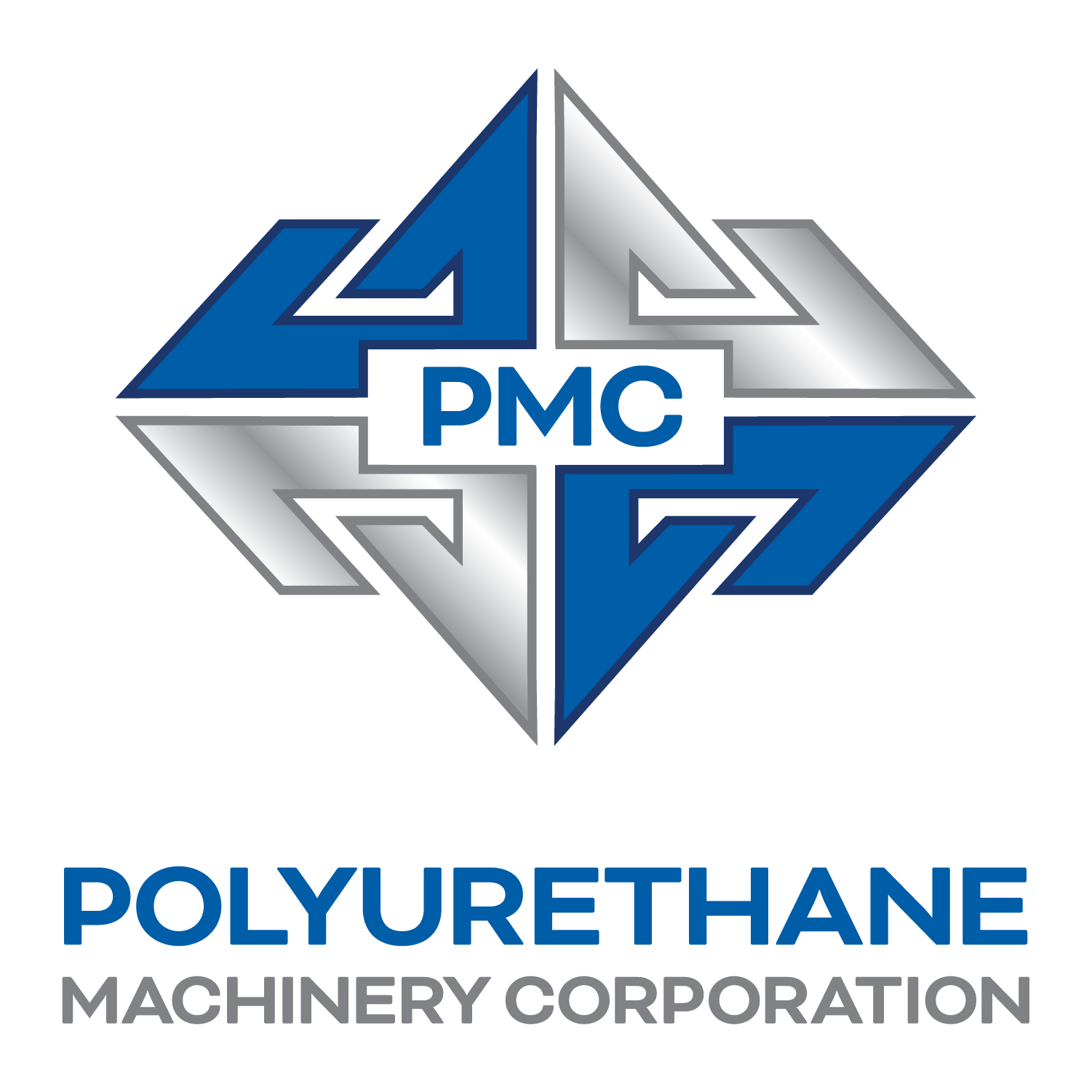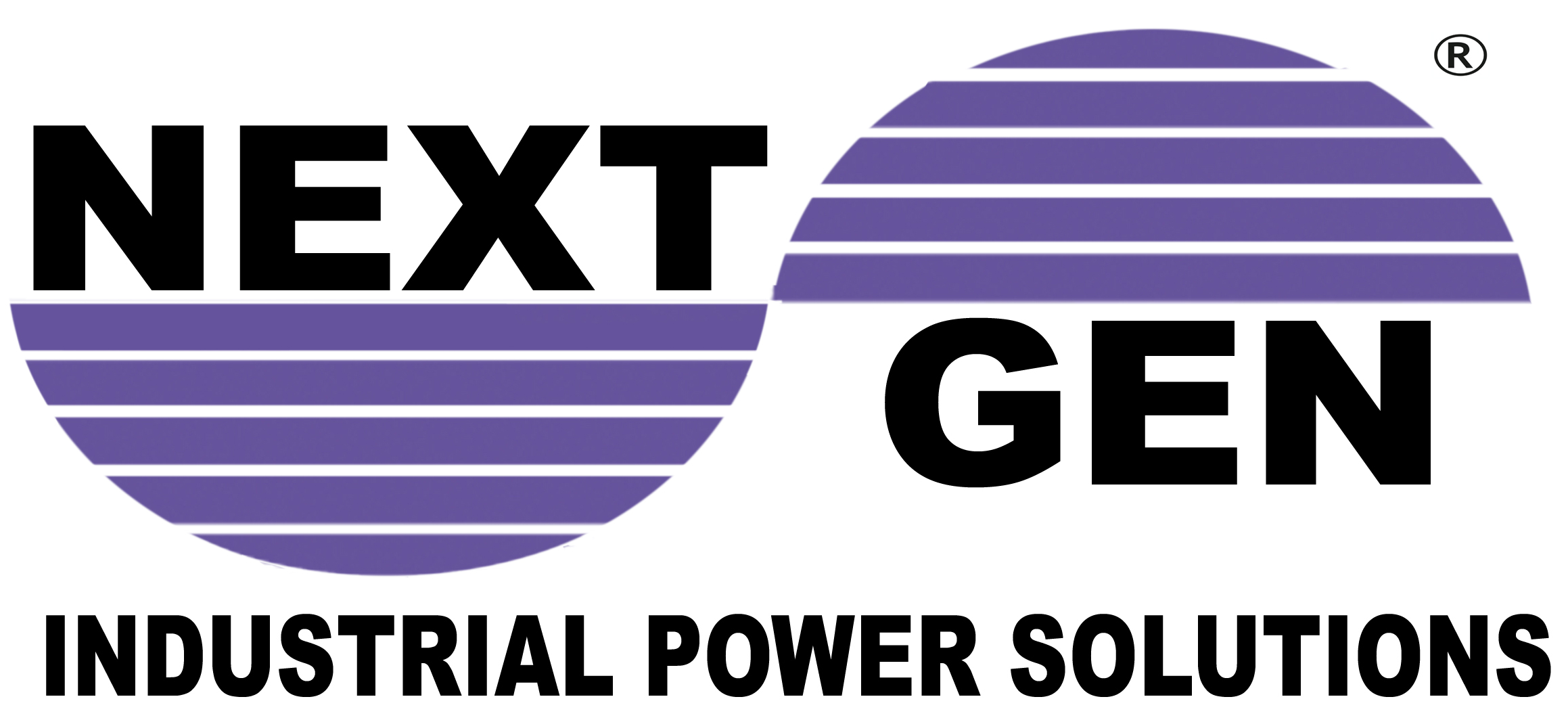A Hull Lot Quieter
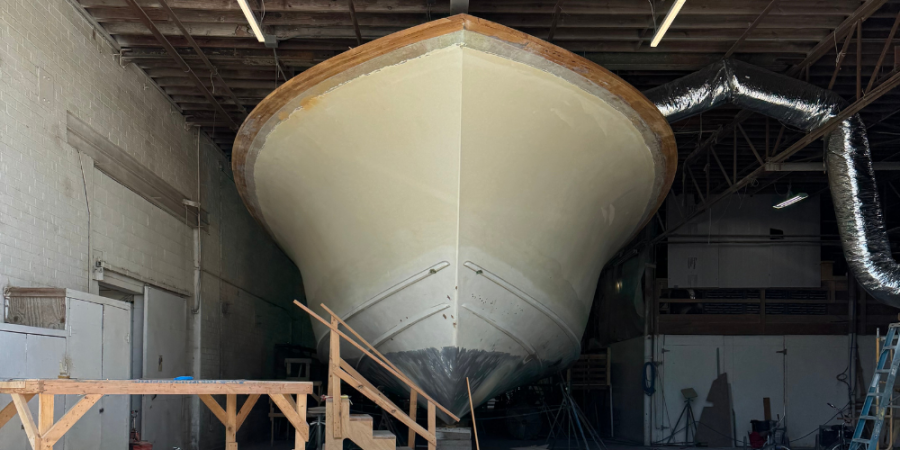

Spray Foam Magazine – Fall 2025 – North Carolina’s coast is a haven for fishing and boating enthusiasts who are drawn to its bounty of catchable seafood and first-rate marinas. Morehead City is one such coastal town and is also the home to Elite Spray Foam Systems. Owner and operator Ivan Juarez may live and work near the shore, but says marine projects are a relatively rare catch for his crew. That changed when a unique opportunity came in from nearby boatbuilder, Jarrett Bay Boatworks out of Beaufort. They were interested in installing Enverge OnePass closed-cell foam to the hull of one of their new boat models, a 90-ft luxury sportfishing yacht known simply as Hull #68.
Elite Spray Foam and Jarrett Bay’s working relationship started with a typical residential job. Juarez had previously installed closed-cell foam at one of the engineer’s own homes. The engineer was floored by the difference the foam made, and it stayed on his mind as he pondered the boat’s vibration issue. It wasn’t long before he reached out to Juarez to ask if the Elite team could come down to Jarrett Bay and work their magic again.
“It’s a new thing they’re implementing on their boats,” Juarez explained. “In the past they were using batts, but they’re switching to spray foam because of the better performance.”
Specifically, the boatbuilders were after a solution that could cut down on vibration and noisiness felt onboard, particularly below deck. They’d used batt insulation for past models but, perhaps unsurprisingly, found it lacking temperature control purposes and nearly useless for vibration control. They’d been on the hunt for a better solution to their vibration and noise woes and believed they’d found it in foam.
For sportfishing yachts, comfort is as important as capability. Reduced vibration makes for a calmer deck, quieter cabins, and less wear-and-tear over time. In the tight confines of the yacht hull where only one and a half inches of nominal depth is available, closed-cell spray foam is the clear choice. Beyond insulating for temperature control, Enverge OnePass also deadens sound and absorbs vibration. That means when this yacht heads out past the breakers, passengers can enjoy the gentle roll of the Atlantic without the drone of engines or the rattle of aluminum decks.
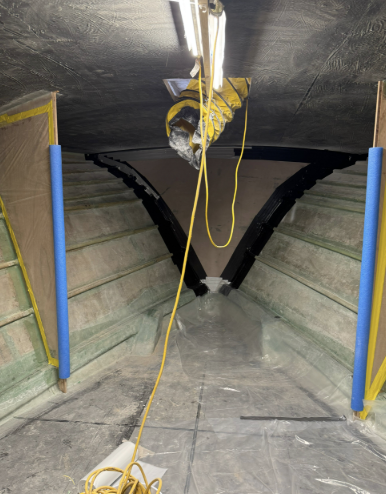
The boat’s curved architecture was a little different than they were used to, but the Elite team wasn’t worried.
Juarez and his three-man team arrived at Jarrett Bay’s Newport boat shop one sunny day in May. The job area totaled about 350 sq. ft. inside the yacht’s fiberglass hull—roughly the footprint of a studio apartment. Since they only had one and a half inches of nominal depth to work with, every square foot would require precision and a delicate touch. Lead sprayer Luis Hernandez tackled the foam while helpers Ruben and Elmer alternated between prepping and finishing.
First, the helpers masked off the yacht’s floor, fixtures, and features, with protective plastic. They even stuck pool noodles onto each bulkhead as an extra precaution.
“The area we were working in was almost finished, so we didn’t want anything to get banged or scraped from us dragging the hose around,” Juarez said.
Precision was the name of the game that day. Once cured, the foam would be obscured beneath a wooden liner, so any unevenness on the surface could cause problems during finishing.
To protect themselves, the helpers wore 3M cartridge masks, and the sprayer used an Allegro fresh air kit along with a protective suit and gloves. Using an Akurate Dynamics proportioner paired with a Fusion gun, lead sprayer Hernandez sprayed one and a half inches of Enverge OnePass directly onto the curved fiberglass hull below deck. The Akurate Dynamics set up supplied 100% on-ratio foam for a high-quality end result. The foam adhered cleanly and cured into an almost perfectly flat layer.
“The guys did a phenomenal job laying the foam flat. There were barely any areas that needed to be scraped or scrubbed down,” Juarez said.
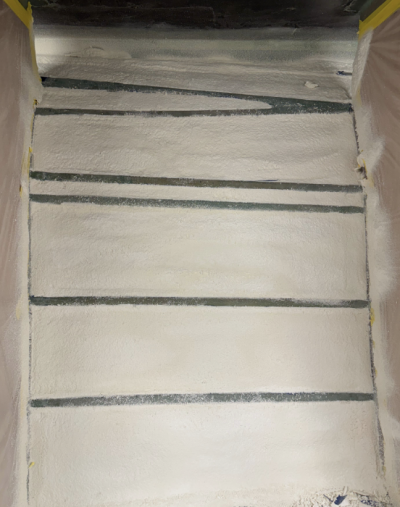
The sprayer is so adept at his craft that there were very few areas in need of smoothing. The helpers made quick work of what little touch-ups were needed.
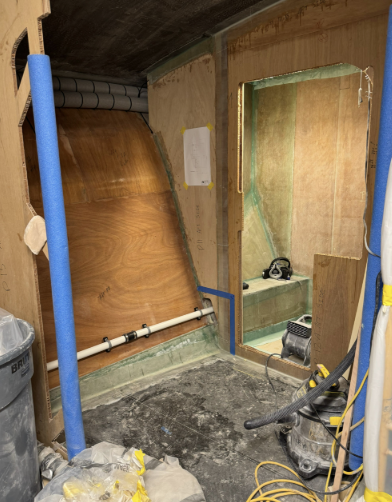
Afterward, the boat builders installed a wood liner over top of the foam. That’s why it needed to be sprayed as flat as possible and within the bounds of the 1.5-inch nominal depth.
Hernandez’s steady hand meant minimal touch-up work, but Reuben and Elmer still double checked each section with a level and used scrapers and curry combs to smooth the foam’s surface as needed. They finished up by cleaning all the scraps from the floor with a shop vac.
At Jarrett Bay’s request, the team also filled the yacht’s hollow aluminum decks with Enverge OnePass, further reducing vibration. Aluminum, Juarez explained, can create an irritating metallic ringing when it vibrates. With the foam in place, even on a windy day offshore, passengers won’t be troubled by constant buzzy vibrations reverberating through the decking.
By the end of the day, the foam installation was finished and the yacht was ready to embark on the next stages of its construction journey. It’s almost finished, but not quite sea ready.
“These boats are huge and each one takes about two years to build, but everyone’s really excited to see how the foam turns out,” said Juarez.
Whether future passengers are aware of its presence or not, the foam promises to bring good vibrations to every voyage– and by good, we mean close to none. Thanks to Elite Spray Foam Systems’ laser-focus on quality, all who board Jarrett Bay’s Hull #68 will be treated to smoother, quieter, and more comfortable sailing as they cruise along North Carolina’s sparkling coastline.
Disqus website name not provided.






